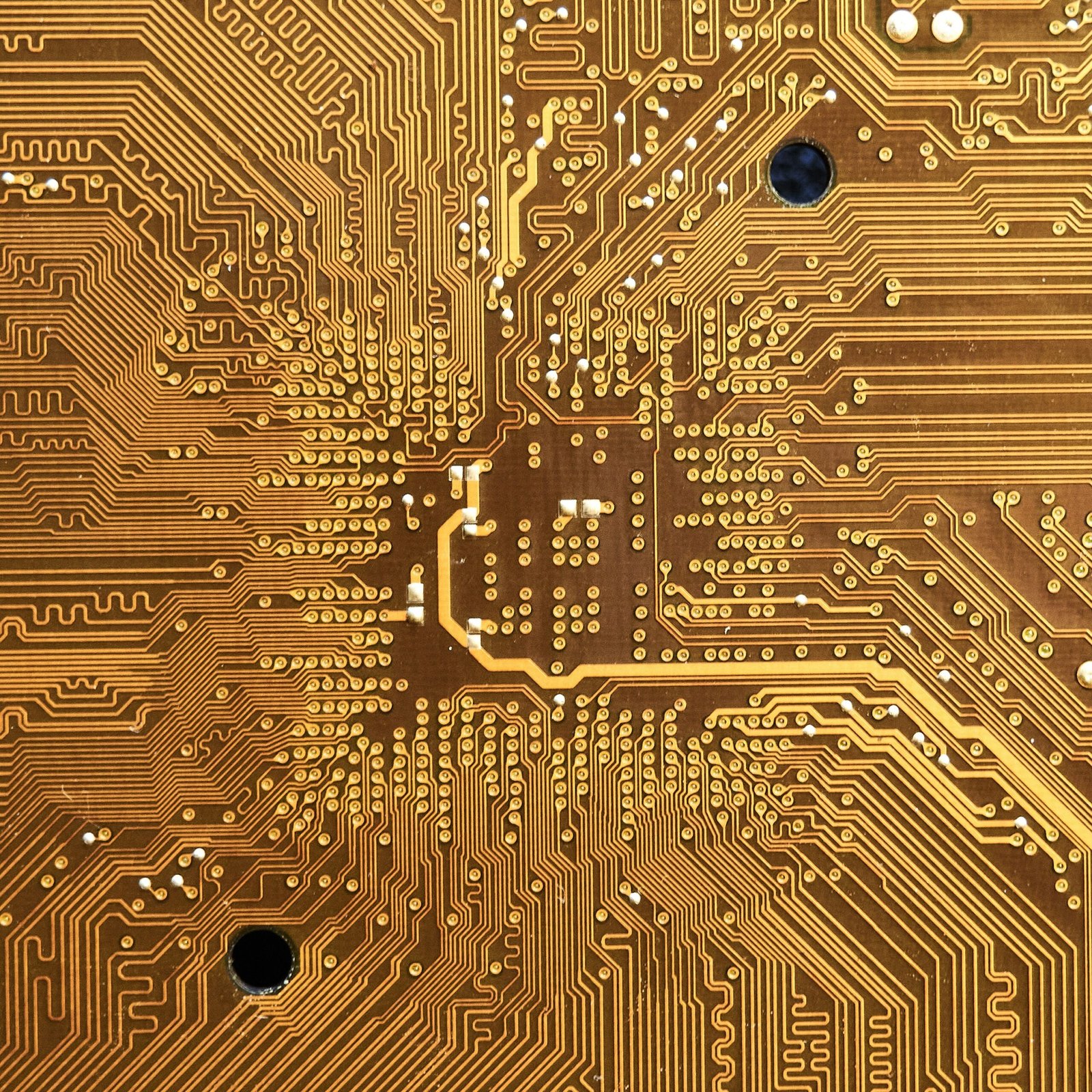Introduction
The advent of 5G technology represents a significant leap forward in mobile communications, promising higher data speeds, increased capacity, and lower latency. As a cornerstone of today’s digital landscape, 5G facilitates a more connected and efficient ecosystem. Meanwhile, edge computing emerges as a complementary approach, designed to bring computation and data storage closer to the location where it is needed, thus reducing latency and bandwidth usage. By situating processing power near the data source, edge computing maximizes the performance of applications, creating a more responsive user experience.
The synergy between 5G and edge computing is increasingly vital for businesses looking to harness the full potential of their digital transformation initiatives. With the unlimited possibilities of connected devices and the rise of the Internet of Things (IoT), organizations face common challenges such as data security, network reliability, and real-time data processing. These hurdles can impede effective adoption of edge computing solutions, particularly in applications that require immediate decision-making capabilities. The high-speed and low-latency characteristics of 5G can mitigate these issues, providing a robust infrastructure to support edge computing.
In this article, readers can expect to gain insights into current trends shaping the intersection of 5G and edge computing. We will delve into real-world applications in various sectors, showcasing how these technologies work synergistically to enhance operational efficiency and drive innovation. Furthermore, we will explore the transformative impact of 5G on the capabilities of edge computing, highlighting its potential to not only meet but also exceed modern business requirements. By understanding these dynamics, organizations can better position themselves in an increasingly competitive landscape.
Understanding 5G and Edge Computing
5G technology represents the fifth generation of mobile networks, designed to provide significantly faster data speeds, lower latency, and enhanced connectivity compared to its predecessors. With peak data rates reaching up to 10 Gbps and latency as low as 1 millisecond, 5G opens up a plethora of opportunities for industries that require instantaneous communication and real-time data processing. Its capacity to connect a higher number of devices simultaneously—and with ultra-reliable low-latency communication (URLLC)—is particularly advantageous for the burgeoning Internet of Things (IoT), where numerous devices require uninterrupted interaction.
Edge computing, on the other hand, is a distributed computing paradigm that brings computation and data storage closer to the sources of data. This proximity reduces the amount of data that needs to be transmitted to centralized data centers, thereby minimizing latency and bandwidth usage. It enables near real-time processing capabilities, which is essential for applications such as autonomous vehicles, smart cities, and healthcare systems powered by IoT sensors. By processing data at the edge of the network, organizations can achieve speedier insights and decisions, significantly optimizing their operational efficiency.
When integrated, 5G and edge computing form a powerful duo that enhances digital infrastructure. The high speeds and low latency provided by 5G enable edge computing applications to function at their full potential. For instance, in a manufacturing facility utilizing automated machinery, data can be processed right at the edge, allowing for quick adjustments to production lines based on real-time feedback. According to recent studies, industries adopting 5G and edge computing can expect productivity improvements of up to 25%, illustrating the transformative potential of these technologies.
The synergistic relationship between 5G and edge computing not only accelerates application development but also redefines how data-driven insights are generated and utilized across various sectors, paving the way for innovation and enhanced consumer experiences.
Real-World Applications of 5G in Edge Computing
The deployment of 5G technology is significantly transforming various sectors, driving the adoption of edge computing and enhancing overall system capabilities. In the healthcare sector, for instance, remote patient monitoring systems benefit greatly from the low-latency and high-bandwidth characteristics of 5G. Hospitals and clinics can integrate real-time data transmitted from wearable devices, which are processed at edge nodes rather than a centralized cloud. This capability allows for instantaneous analysis and decision-making, improving patient outcomes. A notable example can be seen in the implementation of remote surgeries where surgeons can operate robotic instruments from thousands of miles away, facilitated by 5G connectivity.
In the manufacturing industry, smart factories leverage 5G to enable real-time monitoring and control of equipment on the shop floor. By utilizing edge computing, manufacturers can process data generated by machines locally, leading to faster responses to operational changes. A case study involving a leading automobile manufacturer showcased a 30% reduction in downtime and an increase in production efficiency by 20% after integrating 5G solutions with edge computing. The ability to analyze and act on data as it is generated significantly reduces bottlenecks and enhances overall productivity.
The rise of smart cities also demonstrates the benefits of 5G in edge computing. Cities are implementing 5G-powered smart traffic management systems that use sensors and cameras to monitor real-time traffic conditions. By processing data at the edge, these systems optimize traffic flow and reduce congestion. For example, a pilot project in a European city reported a decrease in traffic delays by 25%, contributing to reduced emissions and a better quality of life for residents.
In summary, 5G’s role in advancing edge computing can’t be overstated, as it drives innovation across multiple sectors, leading to improved performance, efficiency, and user experience.
Conclusion and Call to Action
In summary, the advent of 5G technology has emerged as a pivotal force in expediting the adoption of edge computing across various sectors. By providing enhanced bandwidth, reduced latency, and the ability to support a vast number of connected devices, 5G significantly empowers edge computing initiatives. This dynamic combination facilitates real-time data processing and analytics, ensuring that businesses can operate more efficiently and responsively in today’s fast-paced digital landscape.
As organizations strive to enhance operational efficiencies and drive innovation, integrating 5G and edge computing presents an opportunity to remain competitive. Companies can leverage these technologies to streamline processes, optimize resource utilization, and improve customer experiences. For instance, industries such as manufacturing, healthcare, and transportation can benefit tremendously from implementing edge computing solutions powered by 5G networks, as they allow for immediate data processing at the source, minimizing the need for extensive data transfers to centralized servers.
To successfully embrace this technological shift, businesses should consider conducting a thorough assessment of their current infrastructure and identify the areas where 5G and edge computing can create the most impact. Engaging with technology partners and investing in training can further enhance the transition to these advanced solutions. Moreover, exploring pilot projects can provide valuable insights and help organizations fine-tune their strategies for larger-scale implementation.
We invite readers to share their perspectives on the future of 5G and edge computing in the comments section below. Additionally, if you found this article informative, consider sharing it on your social media platforms to spark broader discussions on this transformative technological landscape. Your insights and experiences could contribute significantly to the ongoing conversation surrounding the integration of 5G and edge computing in business strategies.



